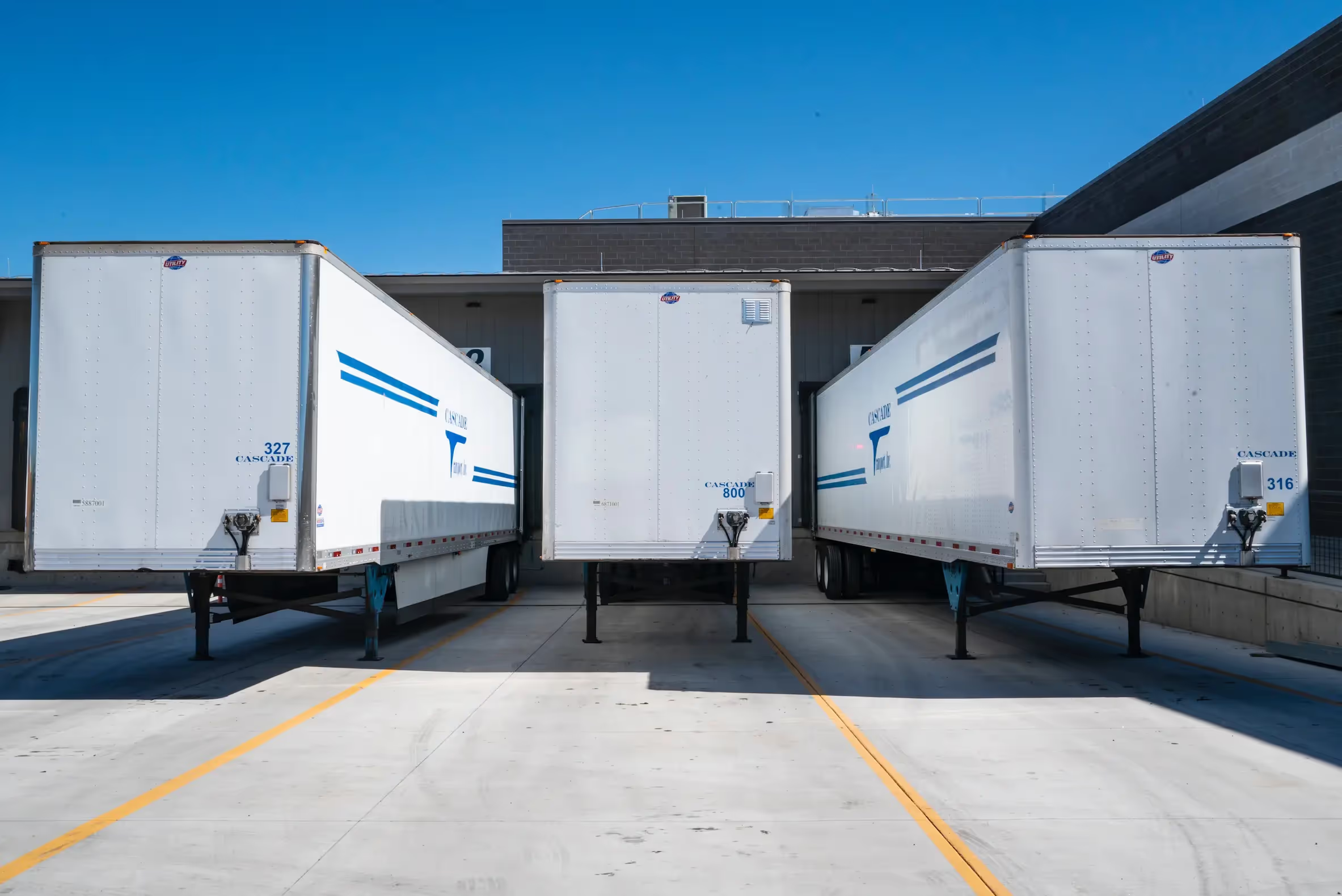Cold Chain Monitoring
Cold chain monitoring is the process of ensuring that temperature-sensitive products are stored and transported under conditions that maintain their quality and safety. This involves monitoring the product throughout the supply chain, from production to distribution to retail sale. The goal is to prevent the product from becoming too cold or too hot, which can spoil it or make it unsafe to consume.
There are a number of ways to monitor the cold chain, including using sensors to track temperature, humidity, and other conditions; using data loggers to record data; and employing visual inspection. Each method has its own advantages and disadvantages, and the best approach will vary depending on the product, the supply chain, and the resources available.

What is cold chain analysis?
A cold chain analysis is a comprehensive evaluation of the refrigerated supply chain, from primary production through to end use. It assesses the suitability of current infrastructure and practices, identifies opportunities for improvement and provides a roadmap for implementing change. A cold chain analysis can help to optimize the supply chain, improve product quality and safety, and reduce costs.
The most important part of cold chain analysis is understanding the product's temperature requirements and the conditions that can affect them. With this knowledge, you can develop a plan to ensure that the product stays within the safe temperature range throughout the supply chain.

